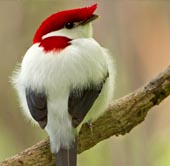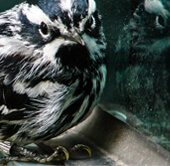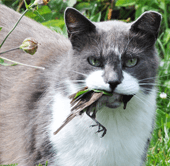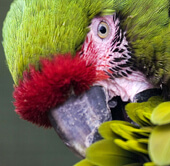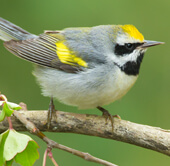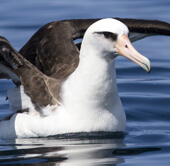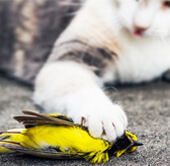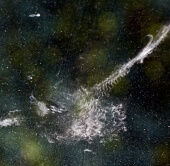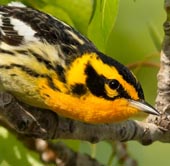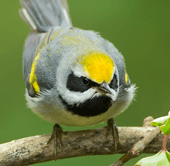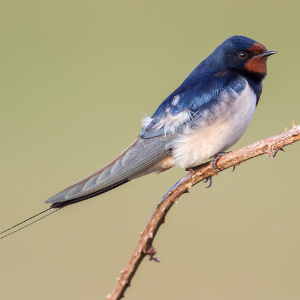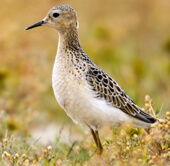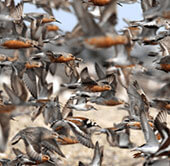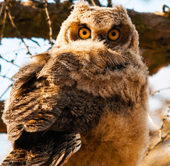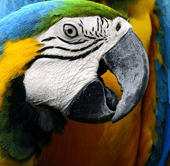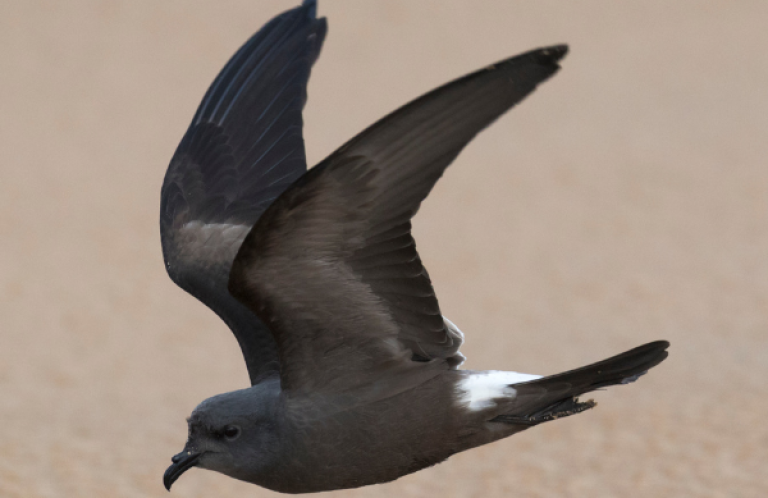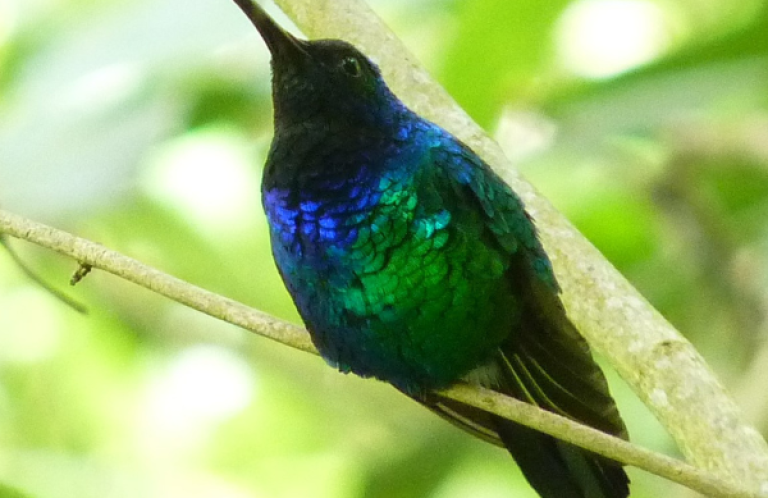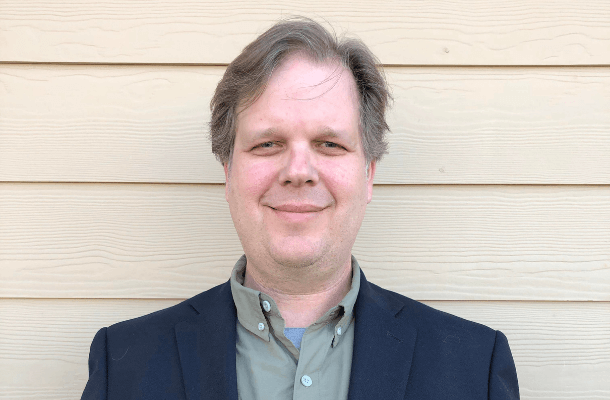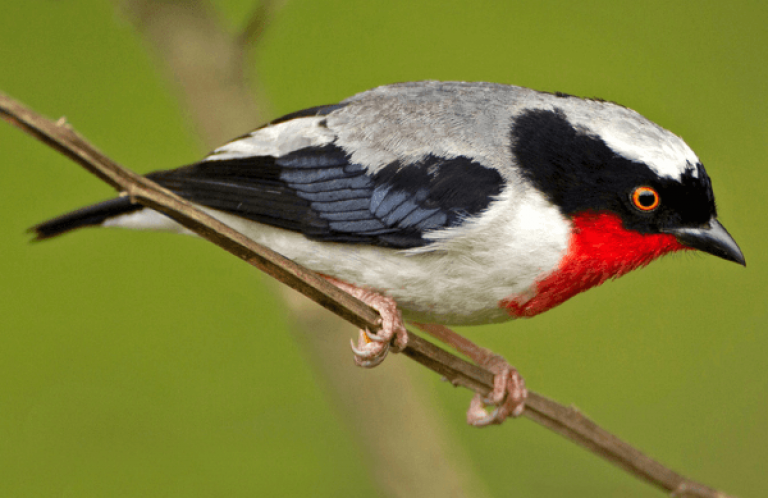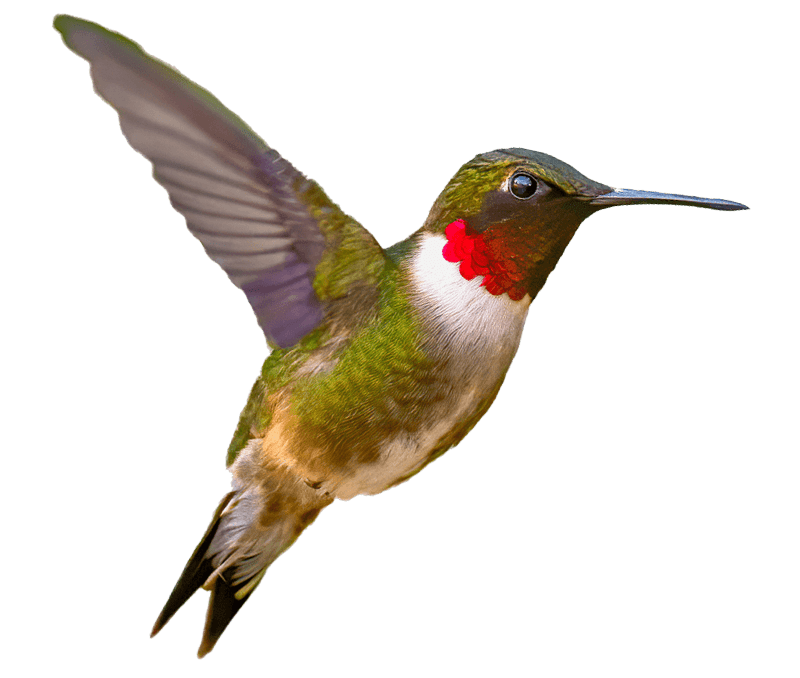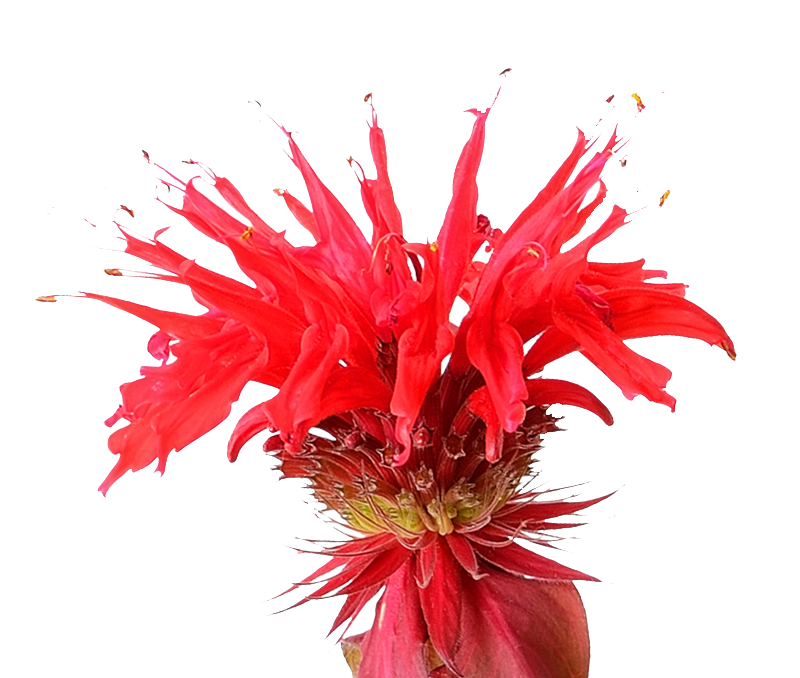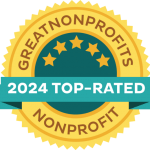EPA Moves to Cancel All Uses Of Toxic Pesticide Endosulfan
For Immediate Release Contact:
, 202-234-7181 ext.210
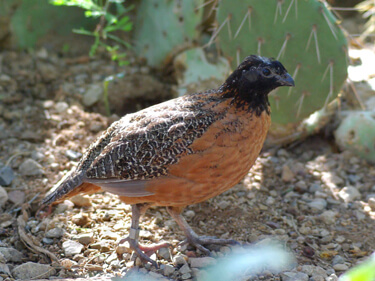 |
Masked Bobwhite. Photo: © FWS.gov
American Bird Conservancy today hailed the U.S. Environmental Protection Agency (EPA) decision to end all U.S. uses of the insecticide endosulfan (trade name: Thiodan prior to 2002 and later called Thionex) which has been found to pose reproductive and neurological risks to birds, other wildlife and humans. The manufacturer of endosulfan, Makteshim Agan of North America is now in discussions with EPA planning the voluntary cancellation of all uses of the pesticide.
The EPA cited new data gathered since 2002 showing endosulfan poses high risks to farm workers, who can be exposed through inhalation and skin contact. Birds and aquatic and terrestrial wildlife are also at risk when consuming insects that have been exposed to endosulfan. The pesticide has already been banned in 60 countries. Worldwide outcry to ban endosulfan arose from the deaths of 135 people in Kerala, India, following use of the pesticide in cashew orchards.
“We have alerted EPA over a period of many years about the impacts of endosulfan on birds, and we are thrilled that, through this decision, EPA has validated those concerns. Wildlife and humans are better off because of this EPA decision,” said Moira McKernan, Director of ABC's Pesticides and Birds Program.
Endosulfan was first registered for use in the 1950s and is the last of the organochlorine pesticide class to be used in the United States. Other organochlorine pesticides, such as DDT, dieldrin, and chlordane were banned in the 1970s and 1980s. Endosulfan has been used on cotton, vegetables, fruits, ornamental shrubs, trees, and herbaceous plants in the U.S. The pesticide is also an endocrine disruptor, meaning, it disrupts hormones and affects reproductive success and embryonic development. It also accumulates in the tissues of organisms and persists for a long time in the environment. There are a few records in ABC's Avian Incident Monitoring System (AIMS) on endosulfan, however one record is very significant. Following an environmental release of endosulfan, approximately 40,000 ducks were exposed and killed in 1995. This demonstrates endosulfan's acute toxicity to birds.
Several US organizations led efforts to ban endosulfan, including NRDC (Natural Resources Defense Council) and PANNA(Pesticide Action Network, North America), both members of the National Pesticide Reform Coalition (NPRC). The NPRC was formed in 2002 by ABC and other non-profit groups who recognized an increasing need for coordination in addressing issues arising from the EPA's pesticide registration and re-registration processes.
Since its inception, the NPRC has proven an effective means of fighting specific pesticide registrations that are deemed hazardous to people, animals, or the environment. The Coalition now comprises 20 organizations, ranging from bird and other wildlife groups, to human health groups, to general conservation and environmental groups
About American Bird Conservancy
American Bird Conservancy (www.abcbirds.org) conserves native birds and their habitats throughout the Americas by safeguarding the rarest species, conserving and restoring habitats, and reducing threats while building capacity of the bird conservation movement. ABC is a 501(c)(3) not-for-profit membership organization that is consistently awarded a top, four-star rating by the independent group, Charity Navigator. For more information visit www.abcbirds.org

